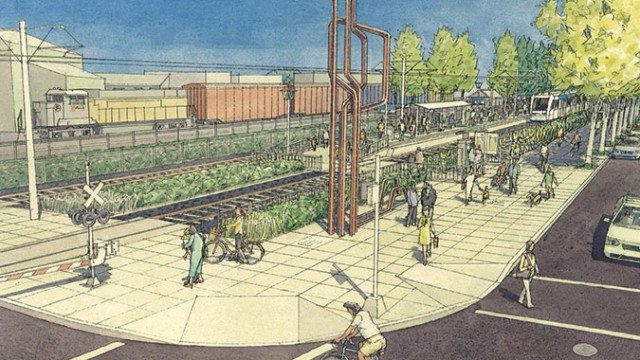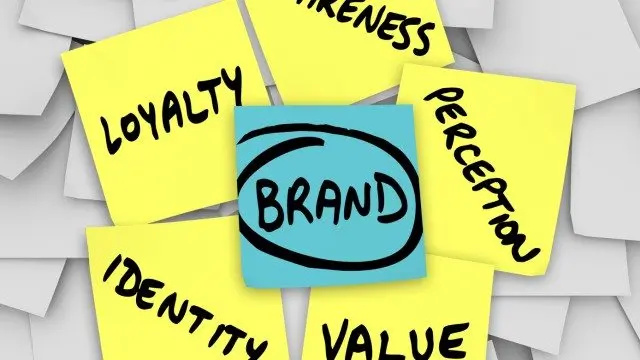My brother has a theory that the number of cup holders in the average American’s car has a direct link to the rate of obesity in the United States. We really do love our cup holders, and we really do love our cars. What if we were to give up those cars in favor of public transportation? Why do more Americans not use public transportation?
In the United States, we lack the idea of a “transit culture”. Buses are for people who have no other option except to take a bus. However, with emerging interest in urban sustainability, people, communities, and entire cities are striving to alter the perceptions of public transit. In some cases, this is a matter of creating an entirely new design from scratch. In cities that are seriously lacking public transportation systems, then designing new, appealing, comfortable spaces, spaces which attract people to use them, is less of a challenge. However, in other cases, the issue is more complicated, and it can become a matter of rebranding. Design itself becomes the foundation upon which the transit culture is built. When the design involves an existing transit system, there are specific questions that architects and designers must consider. Does the entire identity of the existing system need to be altered, or do pieces of the system just need to be revamped? Is this a total rebranding overhaul? Does the system need a new identity?
Recently, Eric Jaffe wrote an article on this subject for The Atlantic Cities. In the article, “How Design Can Help Build a ‘Transit Culture'”, Jaffe interviewed Jeff Doble, director of transportation design for the Vancouver office of architecture firm Perkins+Will. According to Doble, “You realize how much a brand — whether it’s station design or just a refresh of signage within the city itself — really becomes part of the experience of the rider,” says Doble. “[Cities] are still struggling to get people to really appreciate the benefits of public transit. I think branding plays a big role in that.”
Jaffe asserts that “[p]ublic perception of a transit system is no superficial matter. Recent studies suggest it can have a ridership impact on par with actual service quality. The most iconic transit brands tend to conjure up positive feelings; think the art nouveau entrances of the Paris Metro, or Beck’s famed map design of the London Tube. On the flipside, consider the negative image people had of New York City’s subway when its cars were covered in graffiti.”
Another consideration for architects and designers attempting to rebrand cities and public transit with a new sense of transit culture is the sense of communities within cities and the connections between those communities. Our cities are spread out, and communities within many cities have formed their own unique identities. How does public transit link these separate communities under a unified brand and yet preserve the individualized identities of each of these communities? “The key to an effective transit brand, says Doble, is to connect a design with the local culture of the city itself.”
Cities across the world are rebranding, and many cities are looking to not only rebrand the city and redefine the identity of the city but also to make the city more appealing. Public transportation and the value that it can lend to our communities and to our lives should be a vital part of the conversation for any city considering rebranding itself.




